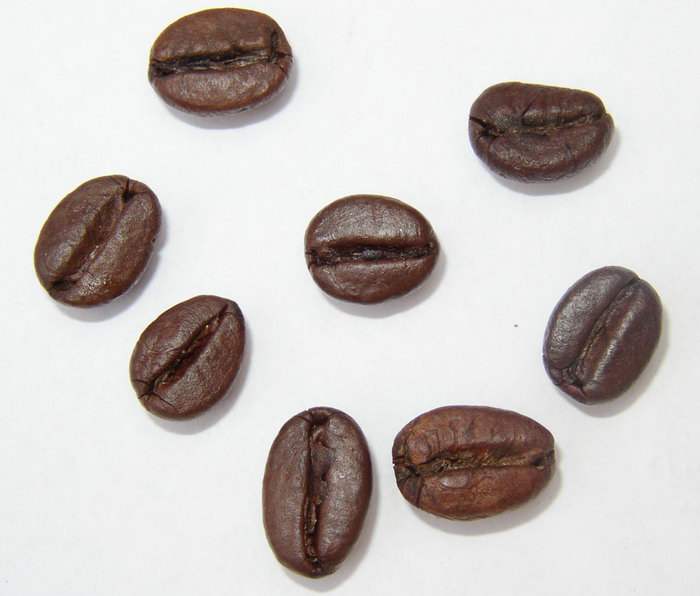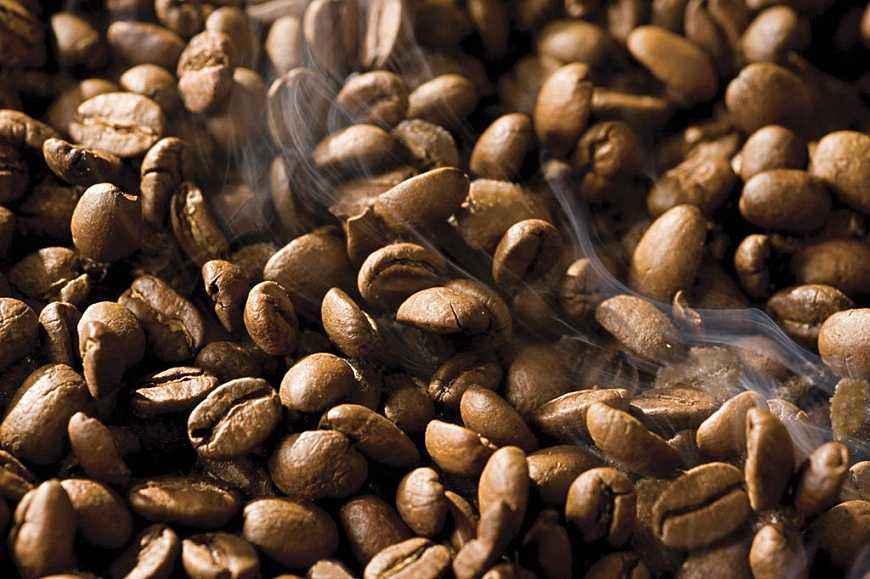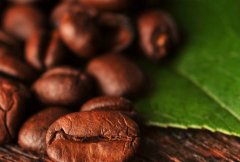Introduction of Brazilian Coffee varieties and Manor producing areas
About Brazil Brazil
The output ranks first in the world, and the consumption also rises to the forefront of the world.
Population: about 194 million
Annual output of coffee: 2.172 million tons
Types of coffee varieties
Main varieties: bourbon, Mondonovo, Canifra, Ikatu
Treatment method: basically adopt natural drying method and use sunlight exposure
Aroma characteristics: the sour taste is slight and the aroma system is complex.
Famous producing areas: Chima Manor, Camo Manor
A high-profile place of origin

-[Chima Manor]
The most representative and premier agricultural garden in Xidora region
Average altitude: about 1050m
Cultivated varieties: Mondonovo, Kaduai, bourbon, yellow bourbon, etc.
Refining method: semi-washing and natural drying
Coffee features: the bourbon grown in the manor has a clear sour and fruity aroma, with a slightly sweet finish.
-[Camo Farm]
One of the most highly rated agricultural gardens
Average altitude: 1200m
Cultivated varieties: bourbon, yellow bourbon, Mondonovo, Kaduai, etc.
Refining method: semi-natural drying, etc.
Coffee features: the average elevation of the manor is high, the highest altitude is 1300m, an entrance can feel obvious sour taste, through the semi-natural drying refining method, make it have a unique thick feeling and sweet and rich aroma.
At the end of the 18th century, Brazil officially entered the large-scale cultivation of commercial coffee. Today, Brazil's production has ranked first in the world, and its consumption has risen to the second place in the world after the United States. Among them, due to the strong support of the government and many advanced irrigation systems and mechanized operating equipment, the Hirado region in Minas Gerais has become the most representative coffee producing area in modern Brazil.
We know that the styles of coffee in different producing areas are very different, and Brazilian coffee happens to be very suitable for the taste of the public. The flavor of coffee in individual areas is highly local and commendable. Due to the lower altitude of the whole of Brazil compared to the whole of Central America, coupled with the influence of other different planting backgrounds, Brazilian coffee will have a slightly sour taste and a rather complex aroma system. For example, coffee produced in the coastal areas of northern Brazil has a distinct iodine flavor and is unconsciously reminiscent of the sea after drinking. Most of them are exported to North America, the Middle East and Eastern Europe, and are loved by the local people.
Brazil is known as the kingdom of coffee. It is the largest coffee producer and exporter in the world. The output value of coffee accounts for more than 30% of the world's output value. 1% of the coffee in the world is produced here. Brazil is also the second largest coffee consumer in the world after the United States. About 300000 farmers here are engaged in the coffee industry. It not only carries the important task of Brazil's economic development, but also affects the development of international coffee. You know, the vast majority of instant coffee is made from Brazilian coffee.
Brazilians can be said to sip coffee all day long, and even sports stars can find their dreams in the aroma of coffee after intense training and competition. No matter where you go, whether in the morning or at night, you can drink coffee. Unlike the Italian concentrate or latte or cappuccino that most of us know, what Brazilians like most is the kind of ordinary coffee in a small cup, which is hot and mellow. What you can't imagine is how many cups of coffee Brazilians drink a day.
When you ask a Brazilian on the street, no matter how old he is, he will tell you, "my day must begin with coffee and end with coffee." Drink with hot water whenever you want, basically 7 small cups a day, sometimes more. "
Important Notice :
前街咖啡 FrontStreet Coffee has moved to new addredd:
FrontStreet Coffee Address: 315,Donghua East Road,GuangZhou
Tel:020 38364473
- Prev

The main varieties of Brazilian coffee beans introduce the graded flavor characteristics and the best roasting degree of Brazilian coffee.
Following Cafe Review (Wechat official account vdailycom) found that Beautiful Cafe opened a small shop of its own with quality beans: Sando-style NO.2, size NO.18. Taste characteristics: mild, bitter medium, soft aroma. The best degree of fried culture: medium fried culture. Although the main varieties of coffee are diverse, Brazilian coffee is suitable for the taste of the public. For example, produced in the northern coastal areas.
- Next

Brazilian coffee has a low sour taste and is suitable for public taste.
Following Cafe (official Wechat account vdailycom) found that the Brazilian coffee industry follows the principle of picking first and screening later, but in other Latin American countries, people only pick the fully ripe fruit, and if it is not ripe enough, the growers will leave the fruit on the tree. Why is there such a big difference between the two methods? The reason lies in the raw bean.
Related
- Detailed explanation of Jadeite planting Land in Panamanian Jadeite Manor introduction to the grading system of Jadeite competitive bidding, Red bid, Green bid and Rose Summer
- Story of Coffee planting in Brenka region of Costa Rica Stonehenge Manor anaerobic heavy honey treatment of flavor mouth
- What's on the barrel of Blue Mountain Coffee beans?
- Can American coffee also pull flowers? How to use hot American style to pull out a good-looking pattern?
- Can you make a cold extract with coffee beans? What is the right proportion for cold-extracted coffee formula?
- Indonesian PWN Gold Mandrine Coffee Origin Features Flavor How to Chong? Mandolin coffee is American.
- A brief introduction to the flavor characteristics of Brazilian yellow bourbon coffee beans
- What is the effect of different water quality on the flavor of cold-extracted coffee? What kind of water is best for brewing coffee?
- Why do you think of Rose Summer whenever you mention Panamanian coffee?
- Introduction to the characteristics of authentic blue mountain coffee bean producing areas? What is the CIB Coffee Authority in Jamaica?

